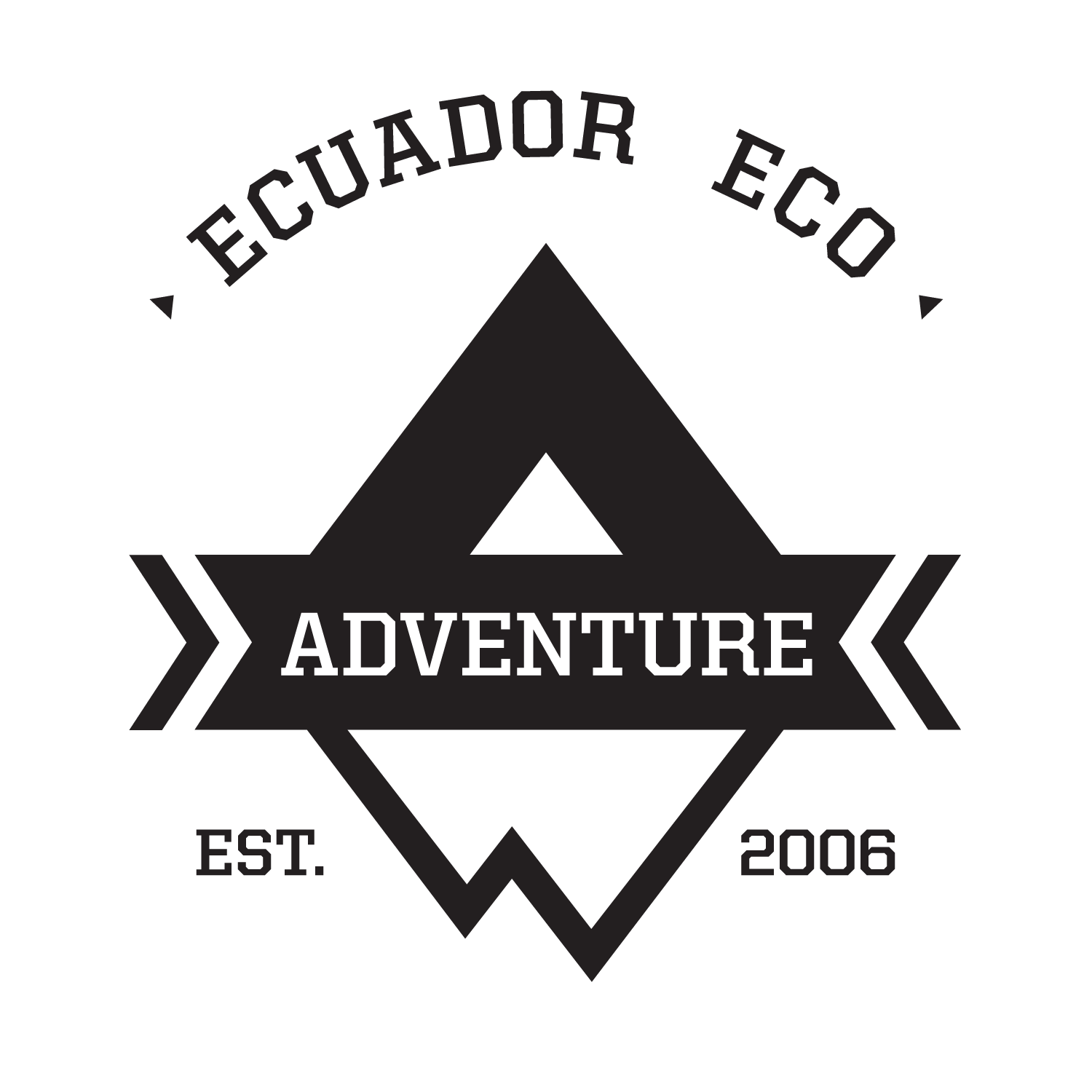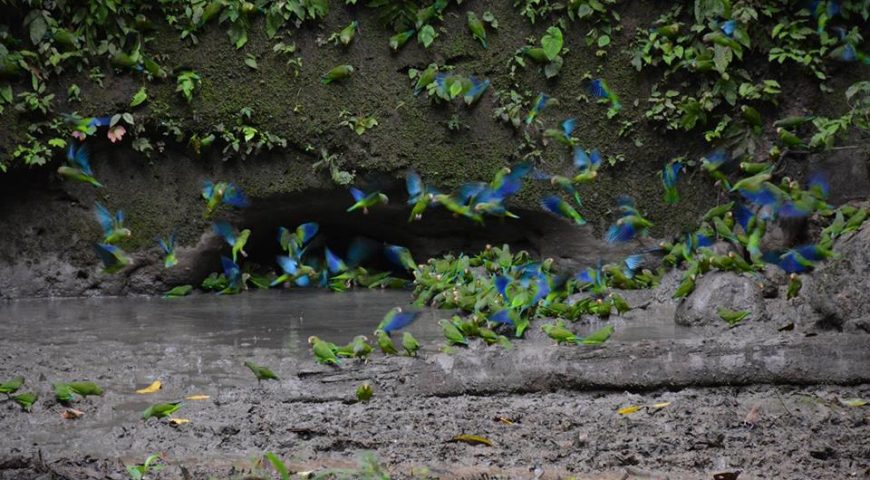
Exploring Yasuni Rainforest 2021
Exploring Yasuni Rainforest 2021
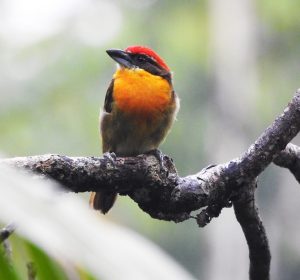 With more than one million hectares, Yasuni National Park is the biggest protected area of Ecuador. It is located in the provinces of Orellana and Pastaza, at the north of the country and near Cuyabeno Wildlife Reserve. The park entered the National Parks and Protected Areas Program in 1979, in order to preserve its huge and rich biodiversity. Ten years later,
With more than one million hectares, Yasuni National Park is the biggest protected area of Ecuador. It is located in the provinces of Orellana and Pastaza, at the north of the country and near Cuyabeno Wildlife Reserve. The park entered the National Parks and Protected Areas Program in 1979, in order to preserve its huge and rich biodiversity. Ten years later,
in 1989, the park was declared Biosphere Reserve by Unesco. The fauna and flora, the Waorani community and the intangible area inside the park were the three elements that allowed Yasuní National Park to be part of the Man and the Biosphere Program byUnesco.
Biodiversity at Yasuní National Park is one of the richest in the world. There are more than 2,000 species of trees and shrubs, some reaching 50 meters high and 1.5 meters in diameter. 204 species of mammals were counted, including 12 species of apes such as Pygmy Marmosets, Mantled Howlers or Spider Monkeys. While hiking in the park, you will probably see some big mammals such as Jaguars, Pumas, Giant Anteaters, or Lowland Tapirs. There are also around 610 species of birds, including the Harpy Eagle (águila arpía in Spanish), which is the biggest and most powerful raptor of the rainforest. More than 120
species of reptiles, 150 species of amphibians, and 250 species of fish were numbered inside the park. To sum up, there are over 1,330 species of fauna inside this part of the amazonian rainforest. It is easier to understand why the biodiversity at Yasuní National Park is one of the richest in the world.
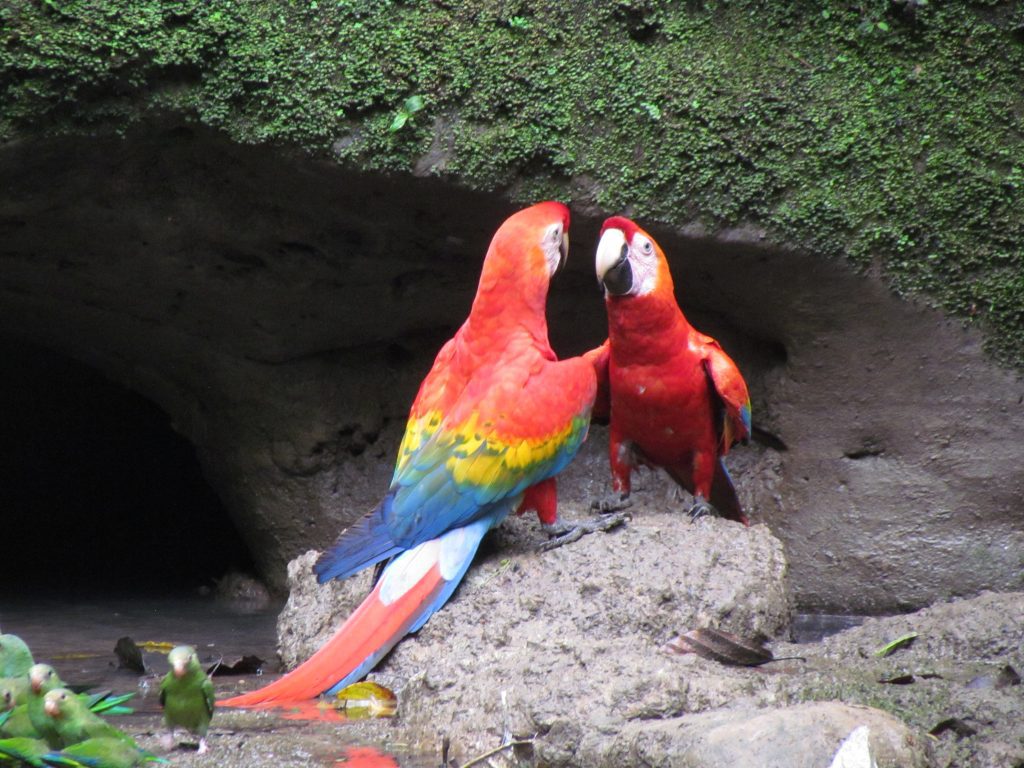
Indigenous communities are also very important inside this protected area. The most famous is the Waorani community. Before the park was declared a protected area, the Waorani were hunter-gatherers and lived as semi-nomads over the hills of the dry land forests (the lands which were not flooded by the rivers). When the rubber industry started invading Yasuní, confrontations between natives and settlers became more violent. In 1969, in order to bring peace inside this area, a Christian non-profit organization called the Summer Institute of Linguistics (Instituto Lingüístico de Verano) gathered the Waorani into
a specific zone inside the park. Some of them did not agree with that evangelization and started living in voluntary isolation. Nowadays, there are two indigenous communities that are still living in voluntary isolation: the Tagaeri and the Taromenane communities to respect their will, an Intangible Zone inside the park was declared in 1999. Besides those three communities, there are many others living inside Yasuní National Park. There are for example the Kichwa, at the north of the park, on the banks of Río Napo.
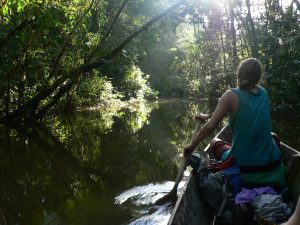
Ecuador Eco Adventure as a responsible sustainable tour operator conducts multiday trips to the prestine rainforest helping communitary projects, guides and local lodges in Yasuni Rainforest.
Finally, our clients can also meet the Añangu community at the north or the Nueva Providencia community at the
south. Many trails depart from the communities and allow the visitors to discover beautiful lagoons and the fauna and flora of the rainforest.
By: Maika Dufrasne – Tourism internship – France.
2021
General Manager and Founder. National guide and wildlife expert, photographer of wildlife, and afficionado of history. Wlady is a proud Ecuadorian who went to highschool in New Zealand and started of Ecuador Eco Adventure after meeting his Aussie mate Jake while studying ecotourism at uni. Ask us about how to climb Cotopaxi and Climbing Chimborazo as well as Trekking in Ecuador and Yasuni Amazon Tours.

